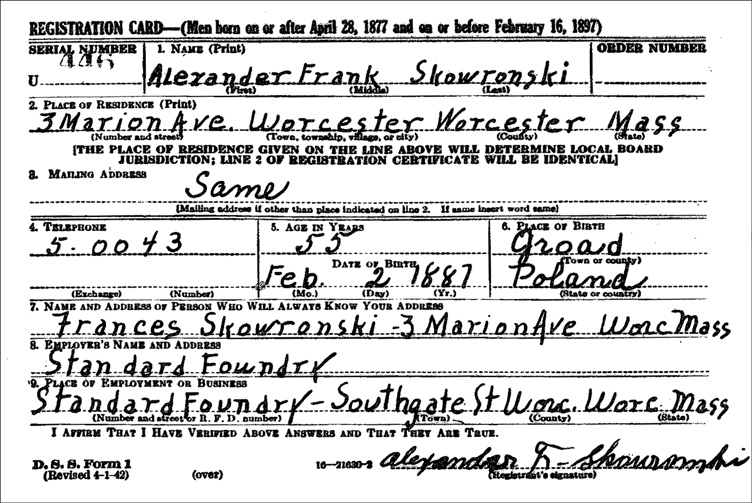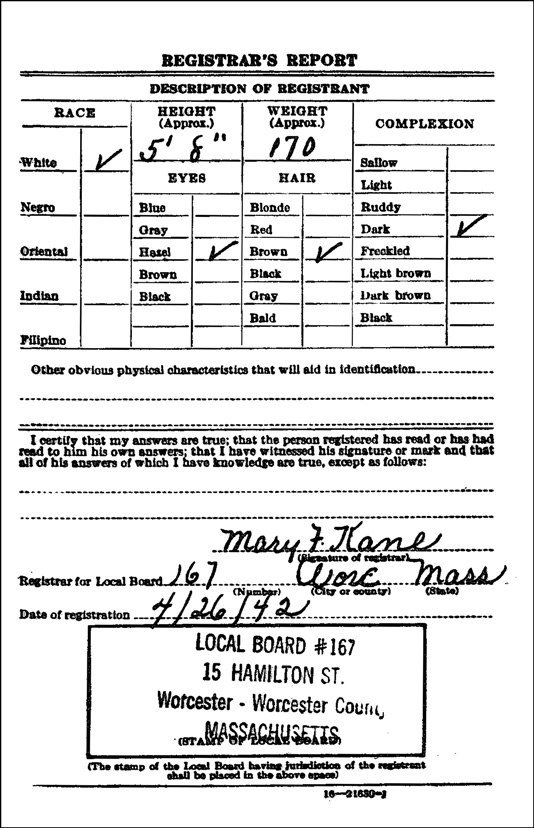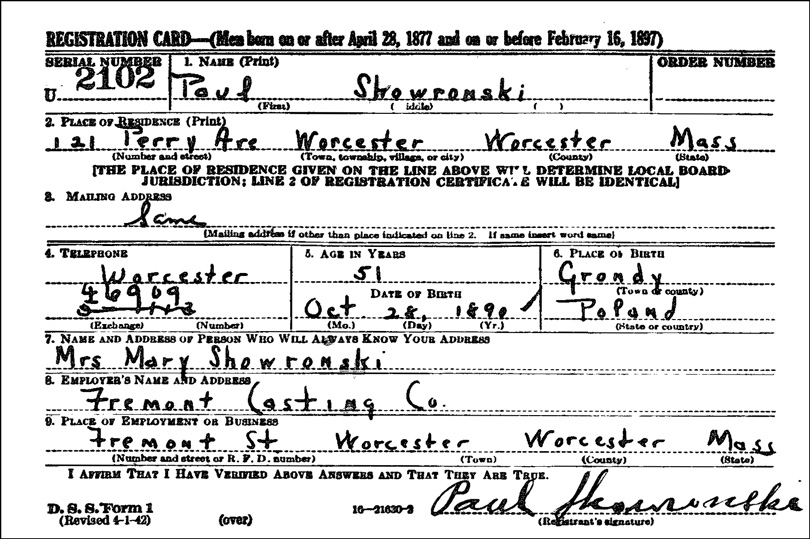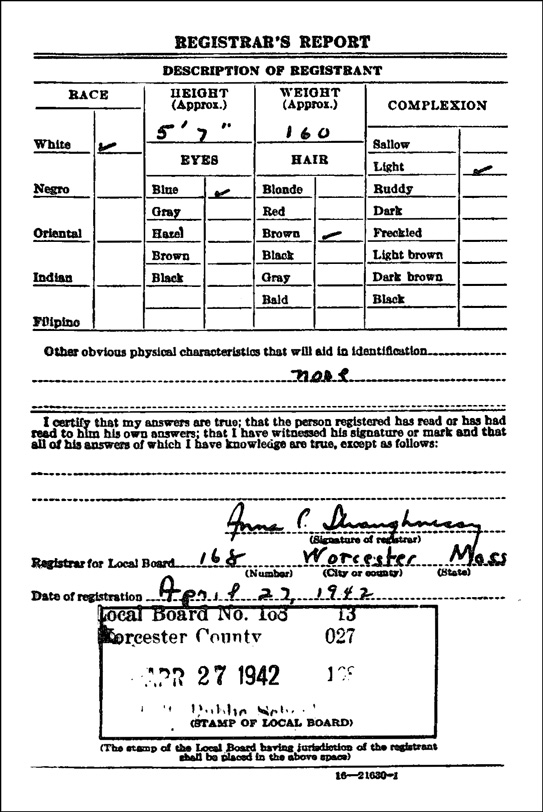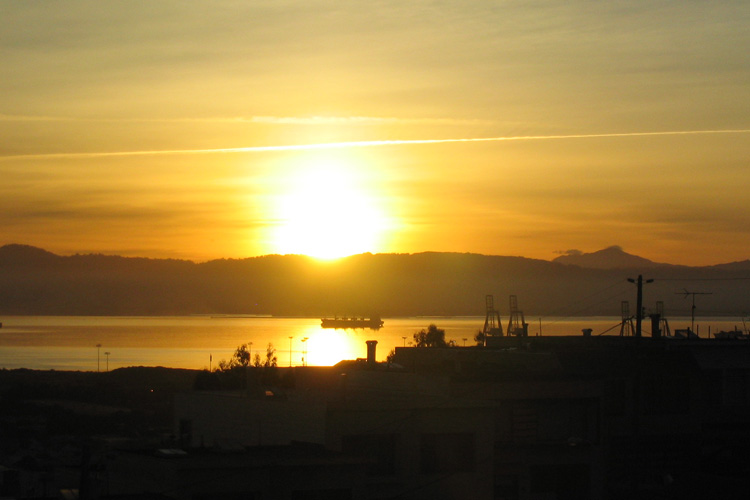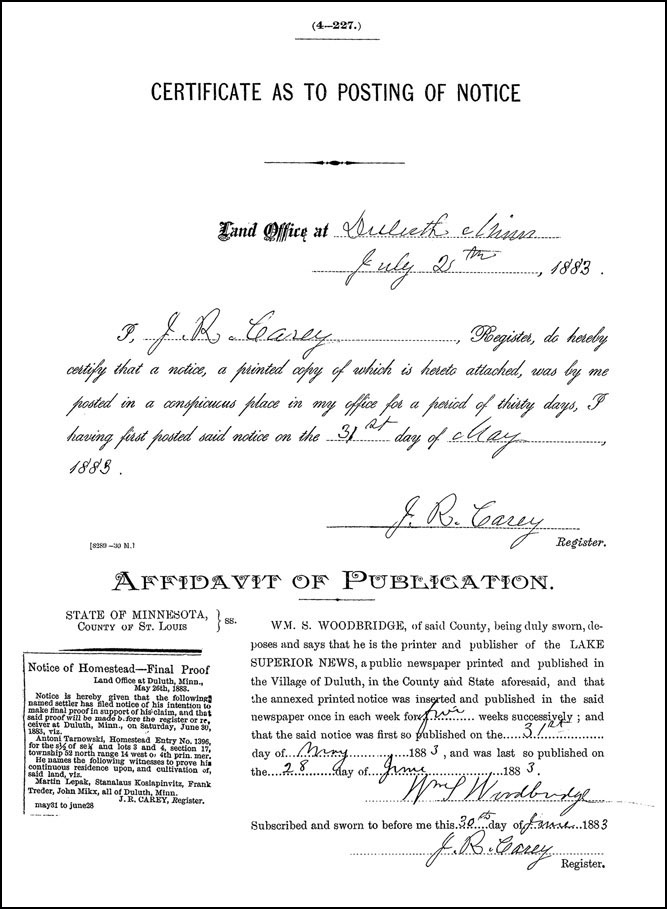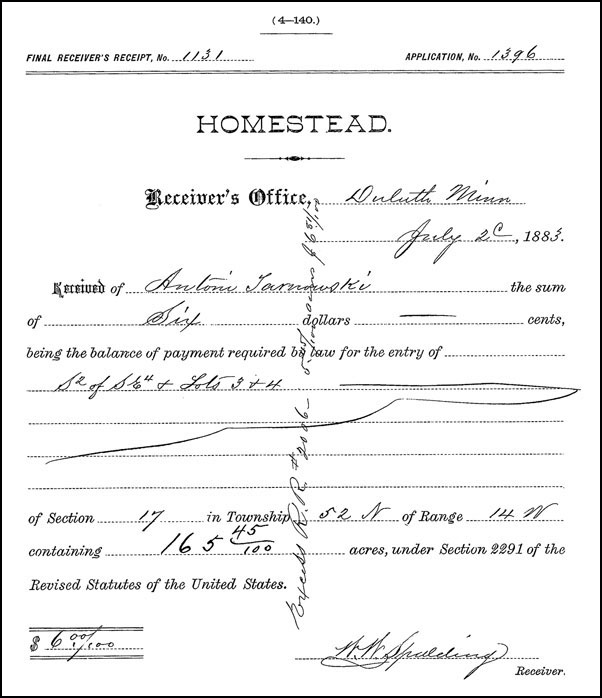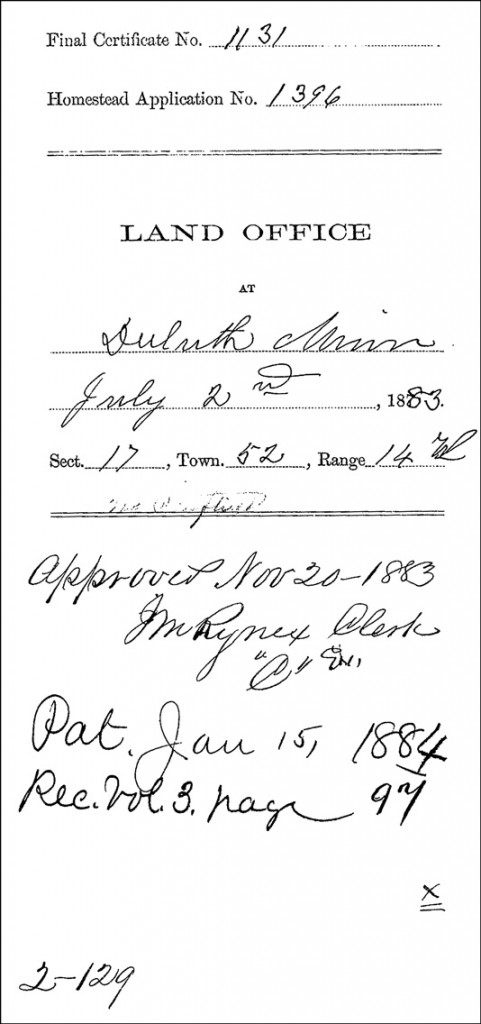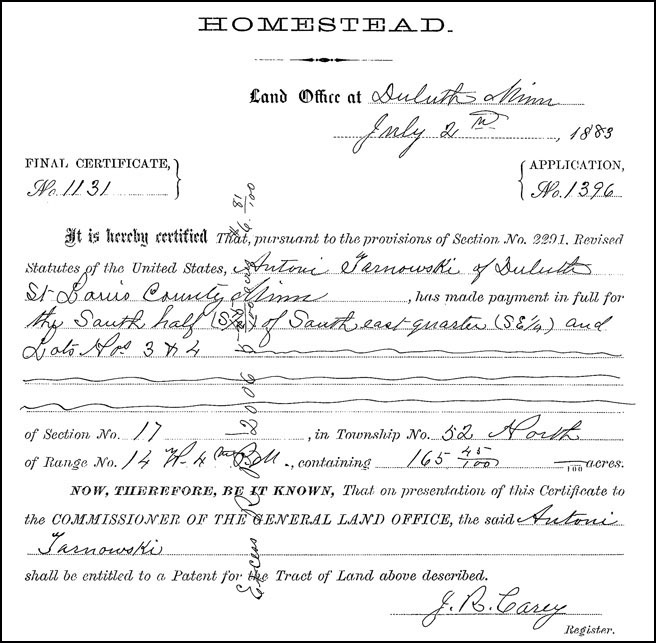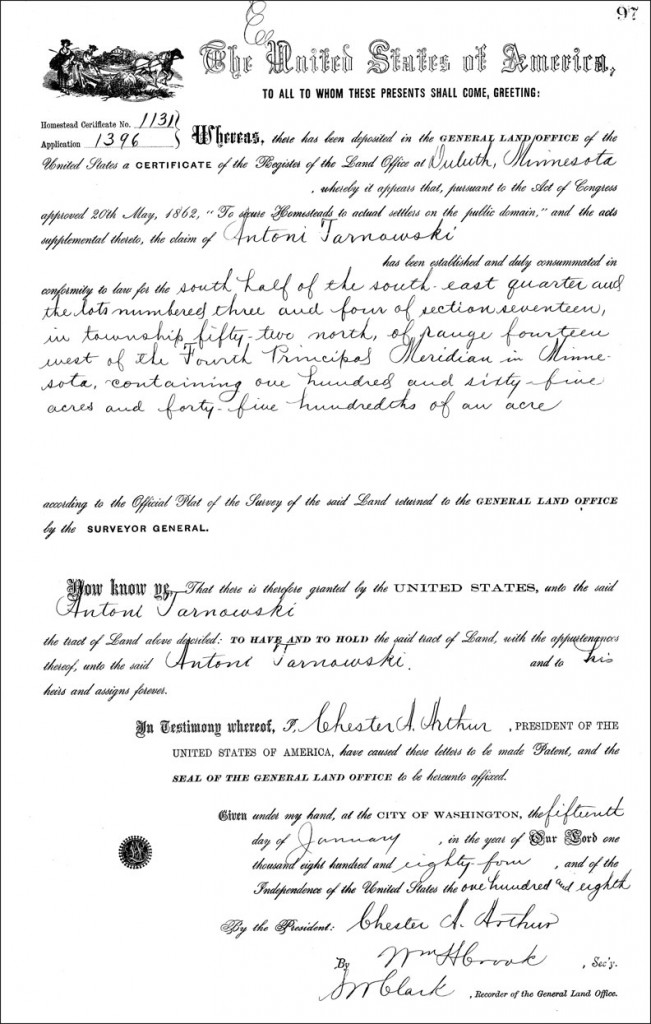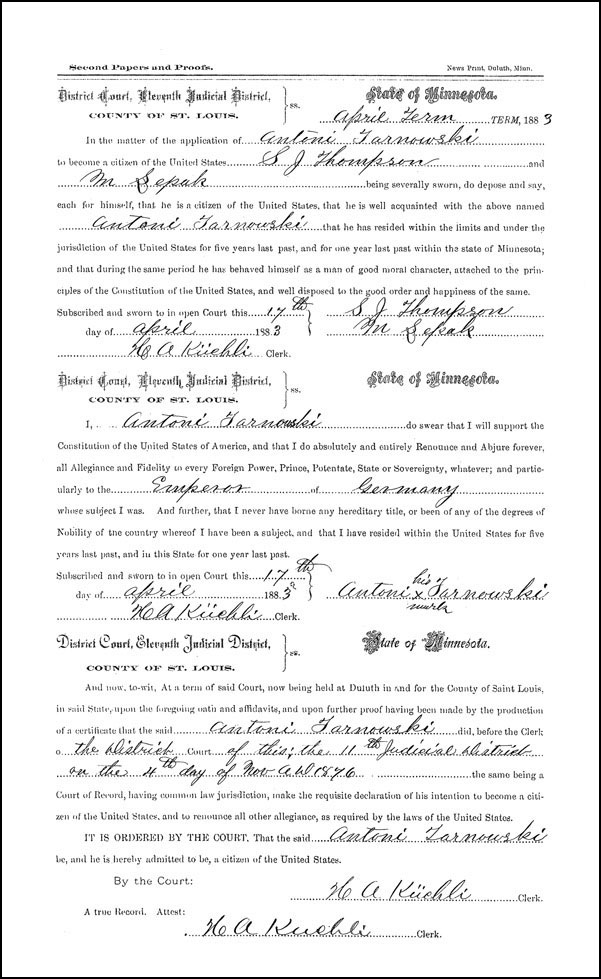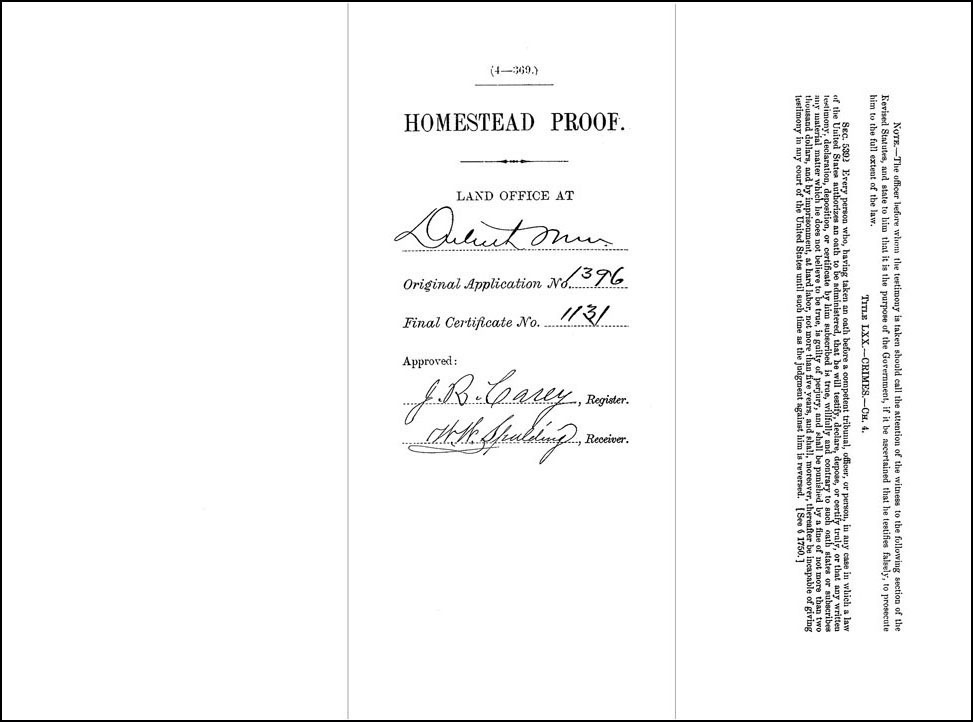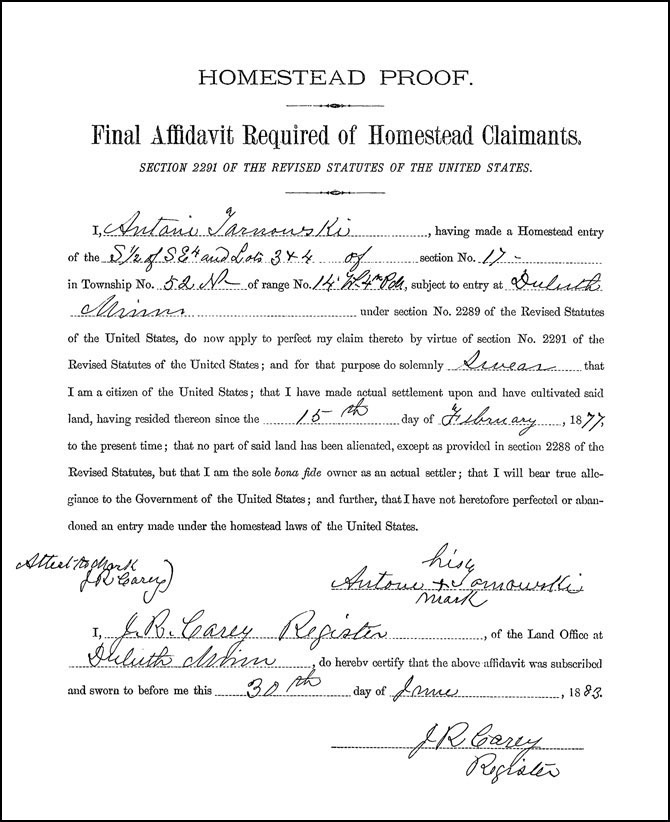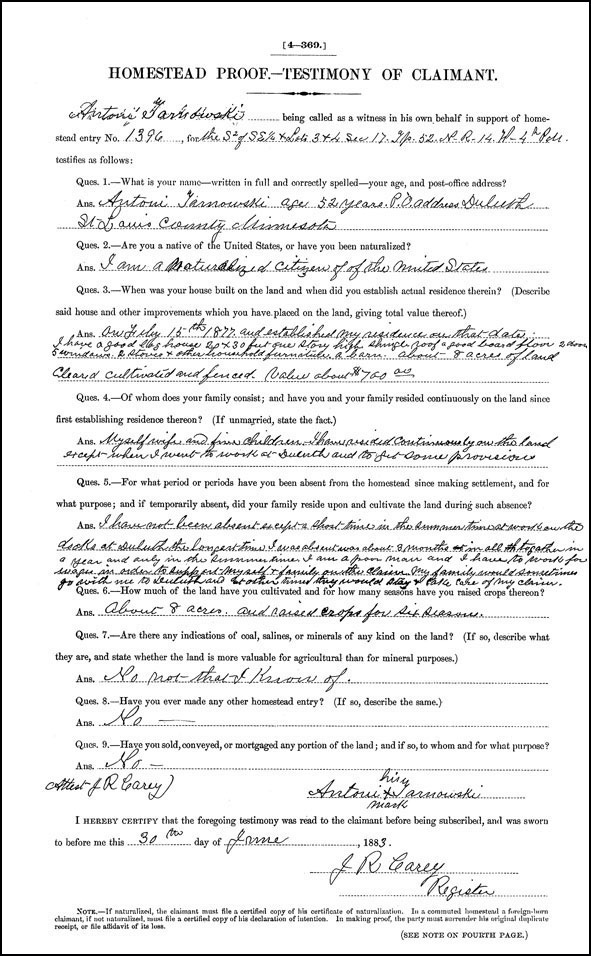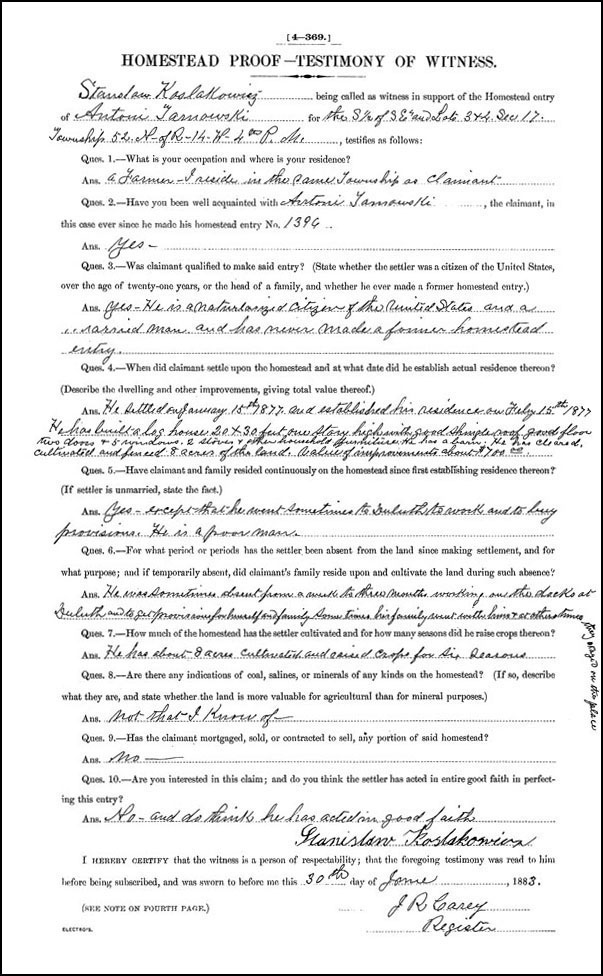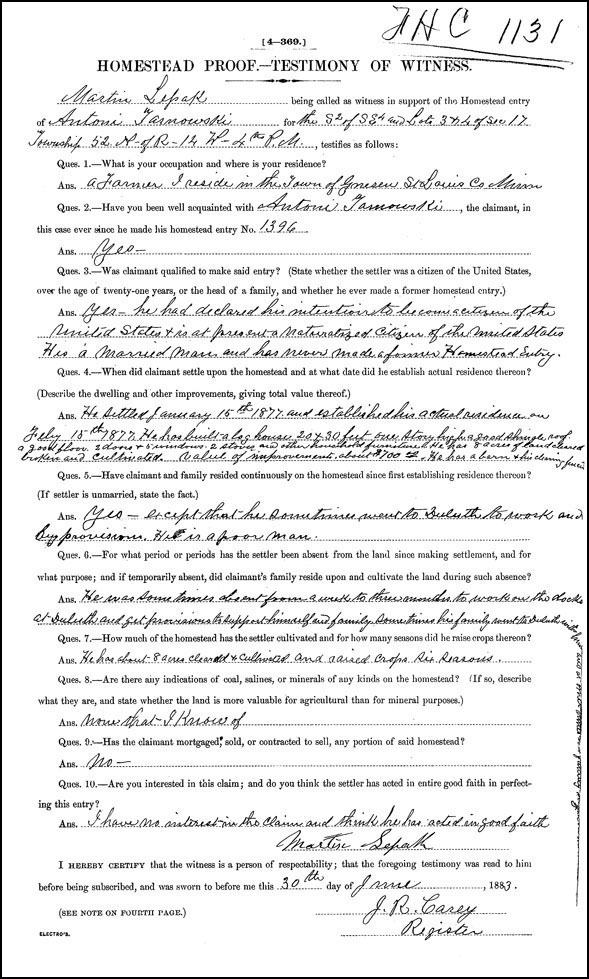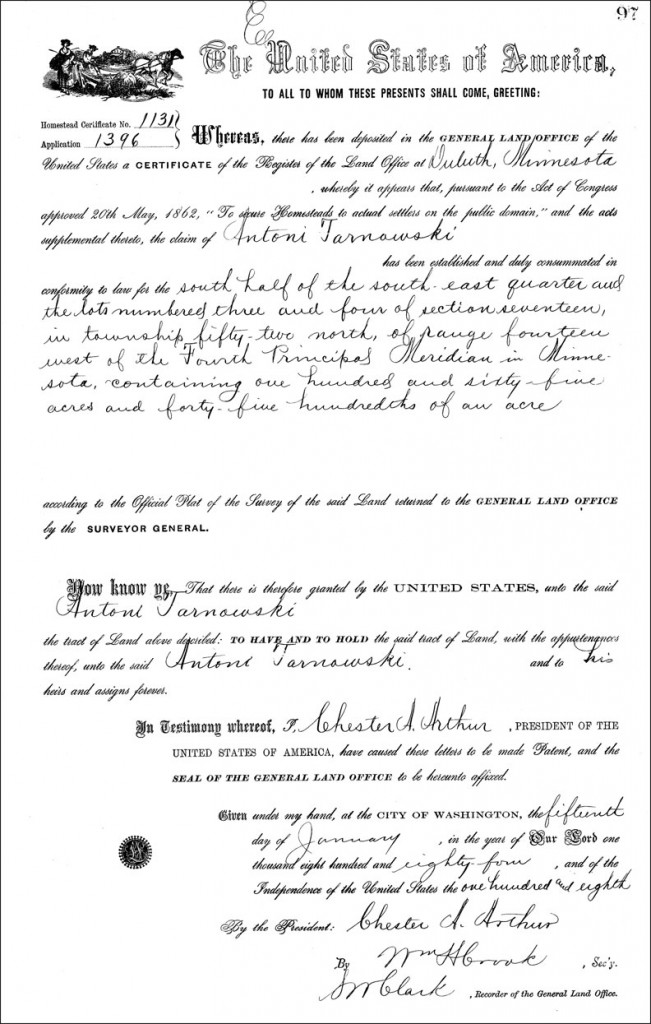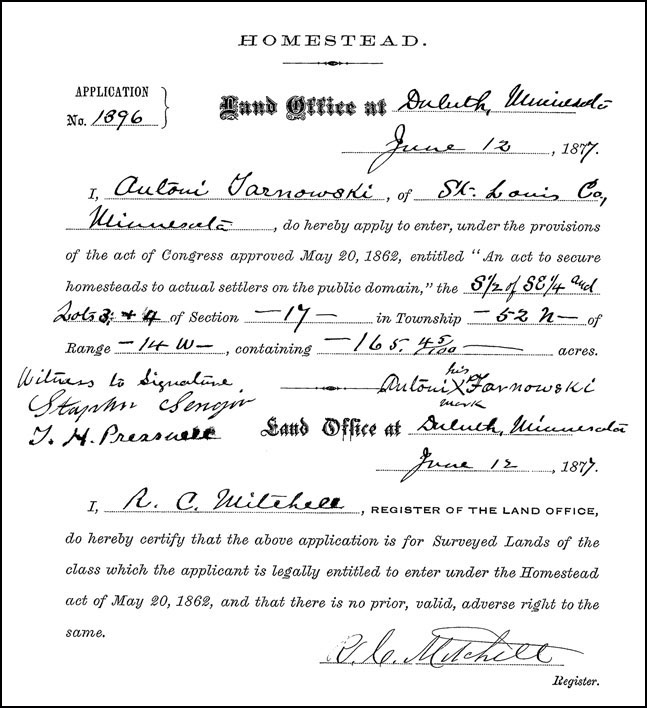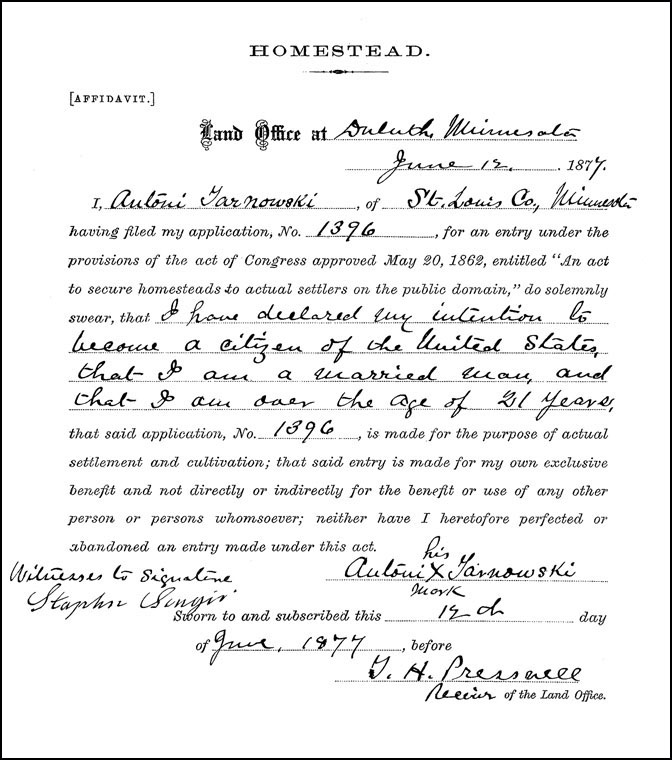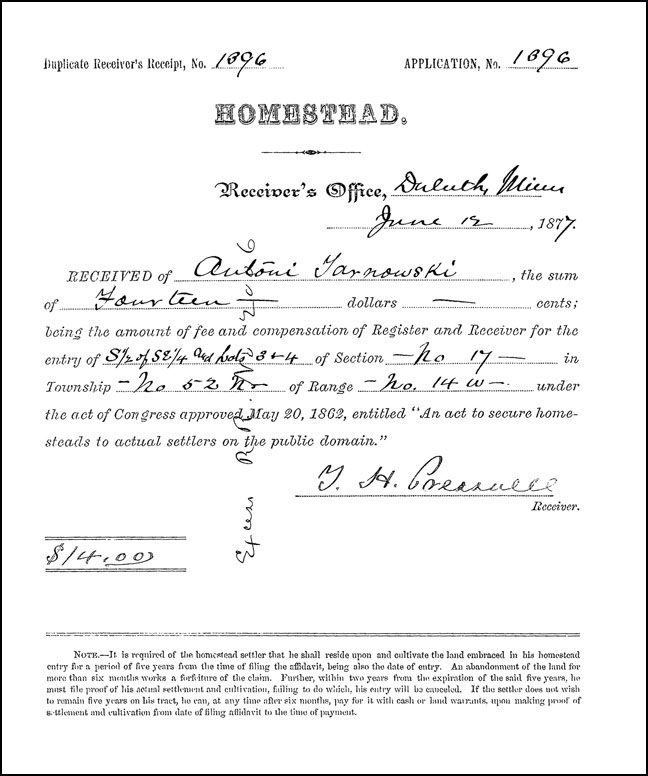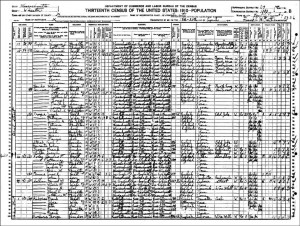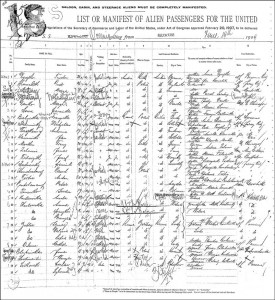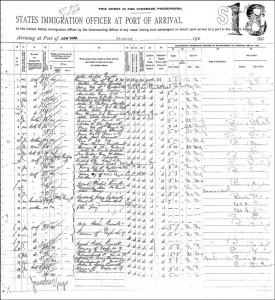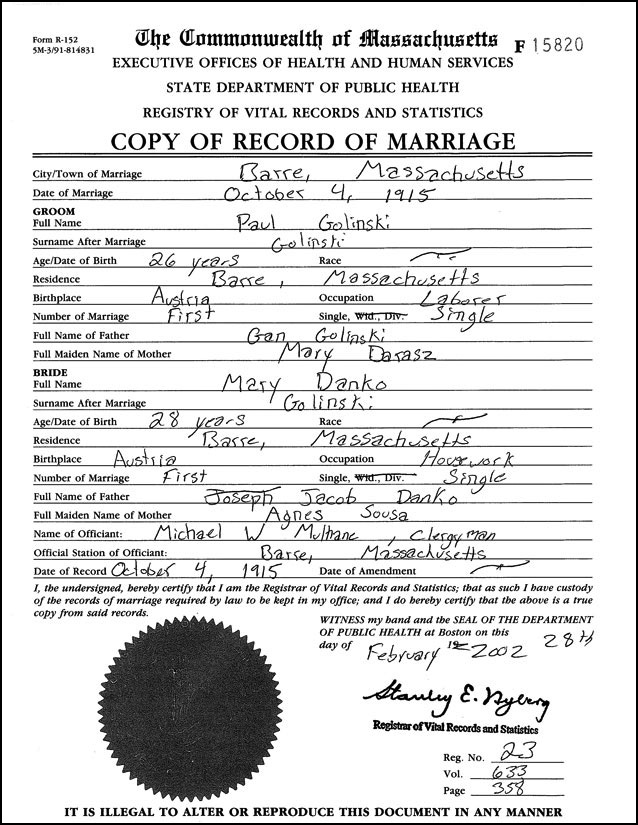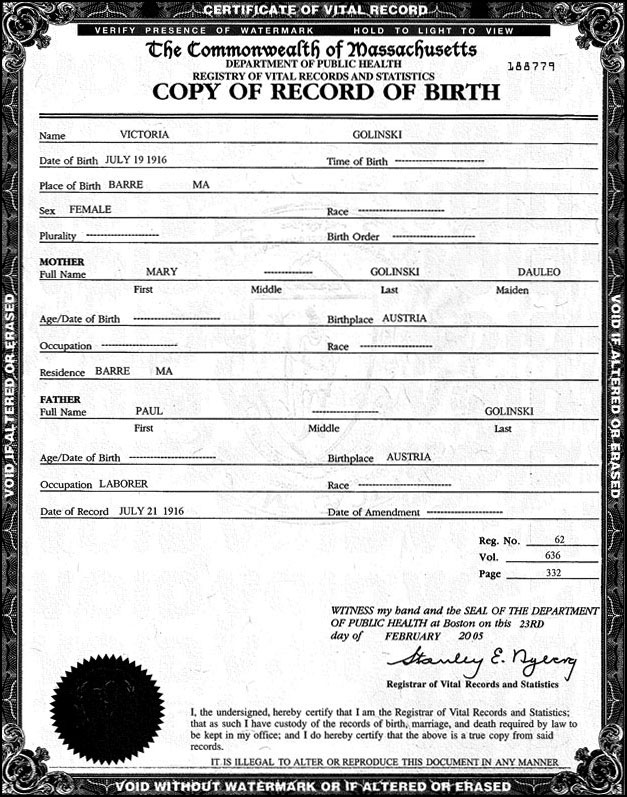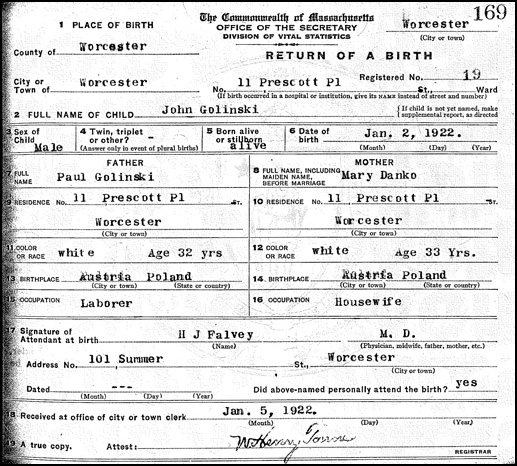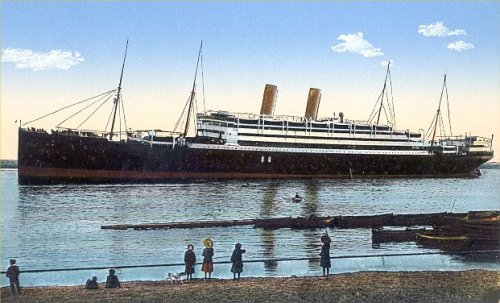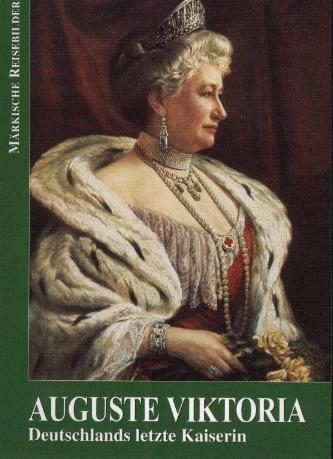Social Security Records, including the Social Security Death Index and the SS-5 Application for a Social Security Account Number, are some of the first records I examined when I first started to compile my family tree . I used the information in the Social Security Death Index to discover or verify dates of birth and dates of death . I also requested copies of the SS-5 cards, the Application for a Social Security Account Number to discover or verify information such as names of parents, place of birth, occupation, and address at the time of application.
The Social Security Death Index is generated from the Death Master File of the Social Security Administration (SSA) . The SSA does not generate the index itself . The Death Master File currently includes over 77 million records of individuals who had a Social Security Number and whose deaths were reported to the SSA, usually when someone applied for Social Security Death Benefits . In 1935 the Social Security Act was passed, and in 1936, the first Social Security cards were issued . However, the Social Security Death Index was not initiated until 1962, when the SSA began using a computer database to process benefit requests . For that reason, few individuals who died before 1962 are listed in the Social Security Death Index . More information on the Social Security Death Index is available at Ancestry.com, and interesting information on the first Social Security Card and the lowest Social Security Number is available at the Social Security website.
The Social Security Death Index is available at Ancestry.com for a fee, but it is also available for free from other sources, including FamilySearch.org . I prefer to use the Ancestry.com version of the index because the information is formatted in a way that I can directly cut and paste the information into the source information area of my genealogy database . The RootsWeb version, however, has the most comprehensive search feature on the web; all the information in the Index is searchable . The FamilySearch version of the index is not as full-featured as either of the other two indexes . That said, if you can’t find someone in one index, you can always try the others . Differences in the search algorithms and in the search interfaces may provide different results.
A copy of the original SS-5, the Application for Social Security Account Number, can be ordered from the Social Security Administration, as long as the requestor is the individual named, or if the individual is deceased .  A copy of the SS-5 can be ordered whether or not the individual is listed in the Social Security Death Index . Currently, the SSA charges $27 for this copy, if the Social Security Number is provided, and $29 if the Social Security Number is not provided . The SSA also offers a Numident, a computerized Numerical Identification record for a reduced price, but the Numident doesn’t provide all the information on the SS-5 and may contain transcription errors, so it’s not as useful for genealogical purposes as the SS-5 . The SSA also offers a copy of the Claim File for $14, but these Claim Files are usually destroyed within a few years after the final decision on a claim is made . Once, instead of receiving the SS-5 I requested, I received a Form OAAN-7003, Employee’s Request for Change in Records instead.
Well, back to my Great Aunt Mary . The information in the Social Security Death Index states:
Name: Mary Golinski
SSN: 033-38-4218
Last Residence: 01527 Millbury, Worcester, Massachusetts, United States of America
Born: 12 Mar 1887
Died: Sep 1975
State (Year) SSN issued: Massachusetts (1964-1965)
A couple of points to note here . Sometimes, as in this case, the complete date of birth or death is not included . If you search for a complete date, but don’t find what you’re looking for, try including only the month and year, or just the year . The second point is that the Last Residence is not necessarily the place of death.
Finally, I obtained a copy of Mary’s SS-5.
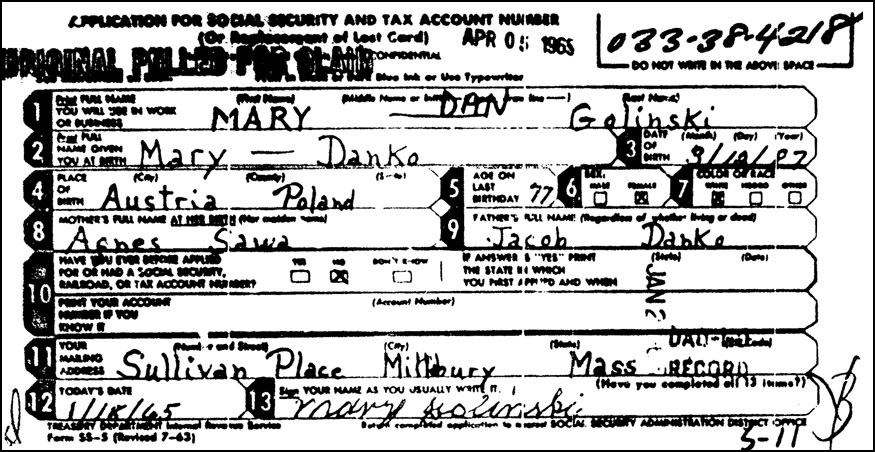
The SS-5 for Mary Golinski -1965Â states that:
- Her Social Security Number was 033-38-4218
- Her name was Mary Golinski
- Her full name at birth was Mary Danko
- Her date of birth was 3/12/87
- She was born in Austria Poland
- She was 77 years old on her last birthday
- She was a white female
- Her parents were Agnes Sawa and Jacob Danko
- She had never previously applied for or had a Social Security Number
- Her mailing address was Sullivan Place, Millbury, mass.
- She signed the form on 1/18/65
There are some miscellaneous notes on the card, including a stamp that reads “ORIGINAL PULLED FOR CLAIM”, a date APR 05 1965, another date JAN 2 [illegible], a stamp that reads “DAD-[illegible], the notation 5-11, and what appear to be two sets of initials in the two lower corners.
What I learned from the Social Security Death Index and the SS-5 was that Mary’s birth dates recorded in these two records agree with all the rest of the birth information I have found for her in other records generated after her arrival in the United States . Records prior to and at the time of her arrival report an earlier birth date.
Believe it or not, there are still more records to search to try to figure out this mystery.
Copyright © 2006 by Stephen J. Danko

